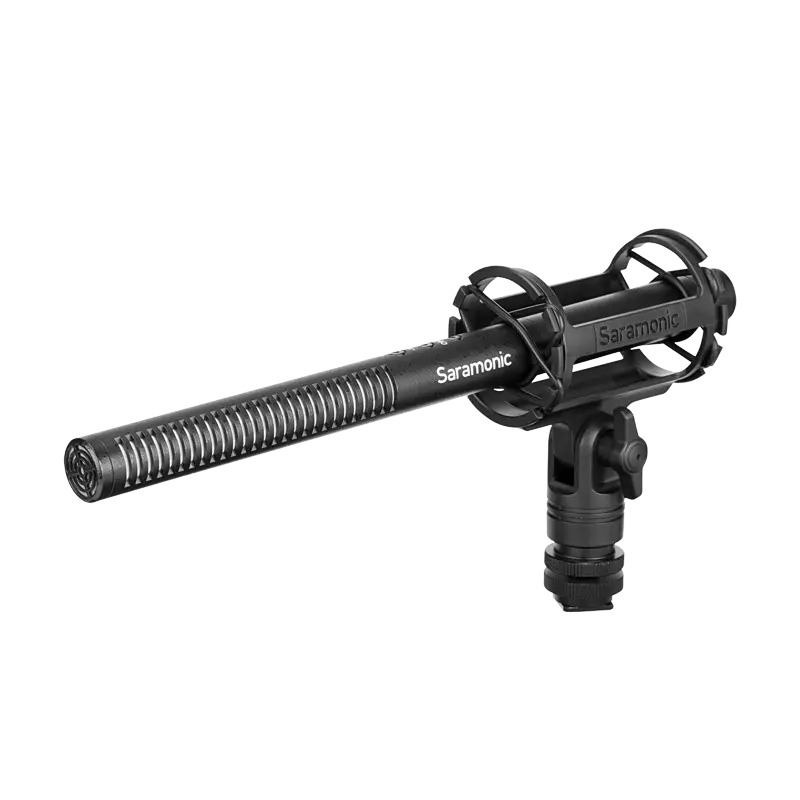Unleash Crystal Clear Sound: Discover the Ultimate Shotgun Microphone Secrets!
Shotgun microphones are essential tools for anyone serious about capturing high-quality audio. Their design allows for precise sound directionality, making them a favorite among filmmakers, podcasters, and field recorders alike. Choosing the right shotgun microphone can dramatically impact the clarity and richness of the audio you capture, whether you're filming a scene, conducting an interview, or recording the sounds of nature. In this article, we will explore the best options available, ensuring you make an informed decision tailored to your specific needs. Whether you're a seasoned professional or just starting, understanding the nuances of shotgun microphones can elevate your audio production to new heights.

Understanding Shotgun Microphones
Shotgun microphones are characterized by their long, narrow pickup pattern, which allows them to capture sound from a specific direction while minimizing background noise. This directional capability is achieved through a unique design that includes a long, cylindrical shape and a highly focused polar pattern, often referred to as a hypercardioid or supercardioid pattern. This makes shotgun mics ideal for situations where you want to isolate a sound source, such as a speaker in a noisy environment. For instance, during a recent documentary shoot, a friend of mine used a shotgun mic to record interviews on a busy street. The clarity of the interviewee's voice was impressive, with minimal interference from the surrounding chatter. Understanding how shotgun microphones operate and their polar patterns is crucial to selecting the right mic for your recording scenarios.
Key Features to Consider
When selecting a shotgun microphone, several key features should guide your decision. First, consider sensitivity, which measures how well the microphone picks up sound. A higher sensitivity rating is often preferred in quieter environments, allowing for more nuanced audio capture. Next, frequency response is critical; a wider frequency range means the mic can capture both low and high sounds more accurately, enriching the audio quality. Build quality is another essential factor; a rugged microphone can withstand the rigors of field recording, while lightweight options may be preferable for handheld use. Finally, examine connectivity options. Some microphones offer XLR connections for professional setups, while others may provide USB outputs for ease of use with computers and recording devices. Each of these features plays a pivotal role in achieving optimal sound quality tailored to your recording needs.
Best Practices for Using Shotgun Microphones
To maximize the potential of your shotgun microphone, it's vital to understand best practices for its use. Placement is key; positioning the microphone as close to the sound source as possible enhances clarity and reduces unwanted noise. Adjusting the angle of the mic can also make a significant difference; aiming directly at the sound source helps capture more of the desired audio while diminishing background sounds. Environmental factors should not be overlooked either; wind, echo, and surrounding noise can all affect audio quality. During a friend's outdoor shoot, they encountered unexpected wind noise, which was mitigated by using a windscreen. Common mistakes to avoid include insufficient distance from the sound source and neglecting to monitor audio levels. By adhering to these best practices, you can ensure that your recordings sound professional and polished.
Applications of Shotgun Microphones
Shotgun microphones shine in various applications, showcasing their versatility and effectiveness. In film production, they are often used to capture dialogue on set, providing clear audio that complements the visual storytelling. Wildlife recording is another area where shotgun mics excel; their directional capability allows for capturing subtle animal sounds without disturbing the environment. Interviews, whether in-studio or on-location, benefit greatly from the focused audio pickup that shotgun microphones provide, ensuring that the subject's voice is clear and prominent. Additionally, during live events, these microphones can effectively capture speeches or performances from a distance, making them a popular choice among event organizers. The unique characteristics of shotgun microphones allow them to thrive in different settings, making them a staple for audio professionals.
Final Thoughts on Choosing the Right Shotgun Microphone
In summary, selecting the right shotgun microphone is crucial for achieving high-quality audio in your recordings. Understanding the unique features, best practices, and various applications of these microphones can significantly enhance your audio production experience. As you consider your specific needs, take into account the essential features we've discussed, such as sensitivity, frequency response, and build quality. Whether you're filming a documentary, conducting interviews, or capturing nature sounds, the right shotgun microphone will help you unleash crystal clear sound. Take the time to explore your options and choose a microphone that aligns with your audio goals.










commentaires